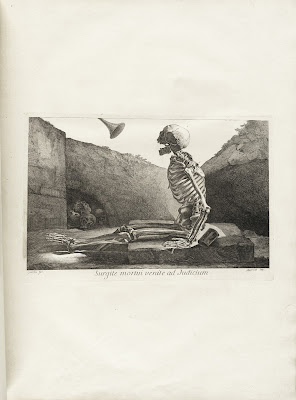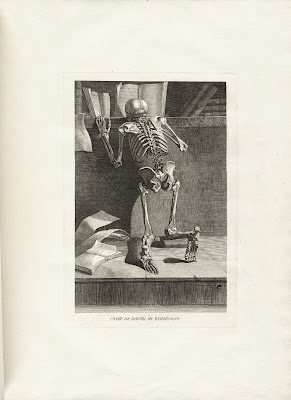
Date: 1914
Technique: Gouache
Source

"The world is changed by examples, not opinions"So that is what I look forward to...finishing my educational journey with RUSVM and leading by example. Showing the world what RUSVM is all about by making my mark in veterinary medicine will be another amazing chapter in my journey to my career.
"Behind every success is effort. Behind every effort is passion. Behind every passion is someone with the courage to try"

| Meet the Owner Werner Lourens |
| We started eating even before the pic was taken! |
| Meet the Barista Roan |
| Custard Danish |
| Check out these cool ice bowls! |
| Werner pouring the Josephine Bakers |
| Putting on the finishing touches |
| This Week's Crawlers Fr. Dominic, Margaret, Leanne, June, Gail D., Sylvia, Beryl, Gail G., Stella, Raymond, Nomusa, Beth |
| Artwork by Werner |
| OOPS....... |



Joel Green and I have edited a new volume on Wesleyan readings of scripture. The idea for the volume came out of a Wesleyan Theological Society conference a few years ago, the theme of which was "The Future of Scripture."
The book is structured as follows:
Section One: Wesley on Scripture
1. Randy L. Maddox, "John Wesley—'A Man of One Book'"
2. Kenneth J. Collins "Scripture as a Means of Grace"
3. Robert W. Wall, "Reading Scripture, the Literal Sense, and the Analogy of Faith"
4. Joel B. Green, "Wesley as Interpreter of Scripture and the Emergence of 'History' in Biblical Interpretation"
Section Two: The Nature and Authority of Scripture among Wesleyans
5. Reginald Broadnax, "Scripture among African American Methodists"
6. Justo L. González, "Scripture among Hispanic Methodists"
7. Meesaeng Lee Choi and Hunn Choi, "Scripture among Korean Methodists"
8. William J. Abraham, "Scripture and Divine Revelation"
9. Douglas M. Koskela, "A Wesleyan Understanding of the Authority of Scripture"
10. Jason E. Vickers, "The Holiness of Scripture"
11. David F. Watson, "Scripture as Canon"
Section Three: Wesleyans Working with Scripture
12. D. Brent Laytham, "Scripture and Social Ethics"
13. Steven J. Koskie, "Can We Speak of a Wesleyan Theological Hermeneutic Today?"
14. Elaine A. Heath, "Reading Scripture for Christian Formation"
15. Karen B. Westerfield Tucker, "The Place of Scripture in Worship"
16. Michael Pasquarello III, "The Place of Scripture in Preaching"
17. Laceye Warner, "Scripture and Evangelism"
The contributors to this volume did excellent work, and I think the discussions therein will make very helpful contributions to the fields of Wesleyan studies and biblical interpretation. The volume probably won't be published until this fall, but if you are interested you can pre-order it.
| Meet the Owner Andre Barnardo |
| Meet the Barista Natalie |
| This Week's Crawlers Beryl, June, Fran, Gail, Beth, Stella, Fr. Dominic |



